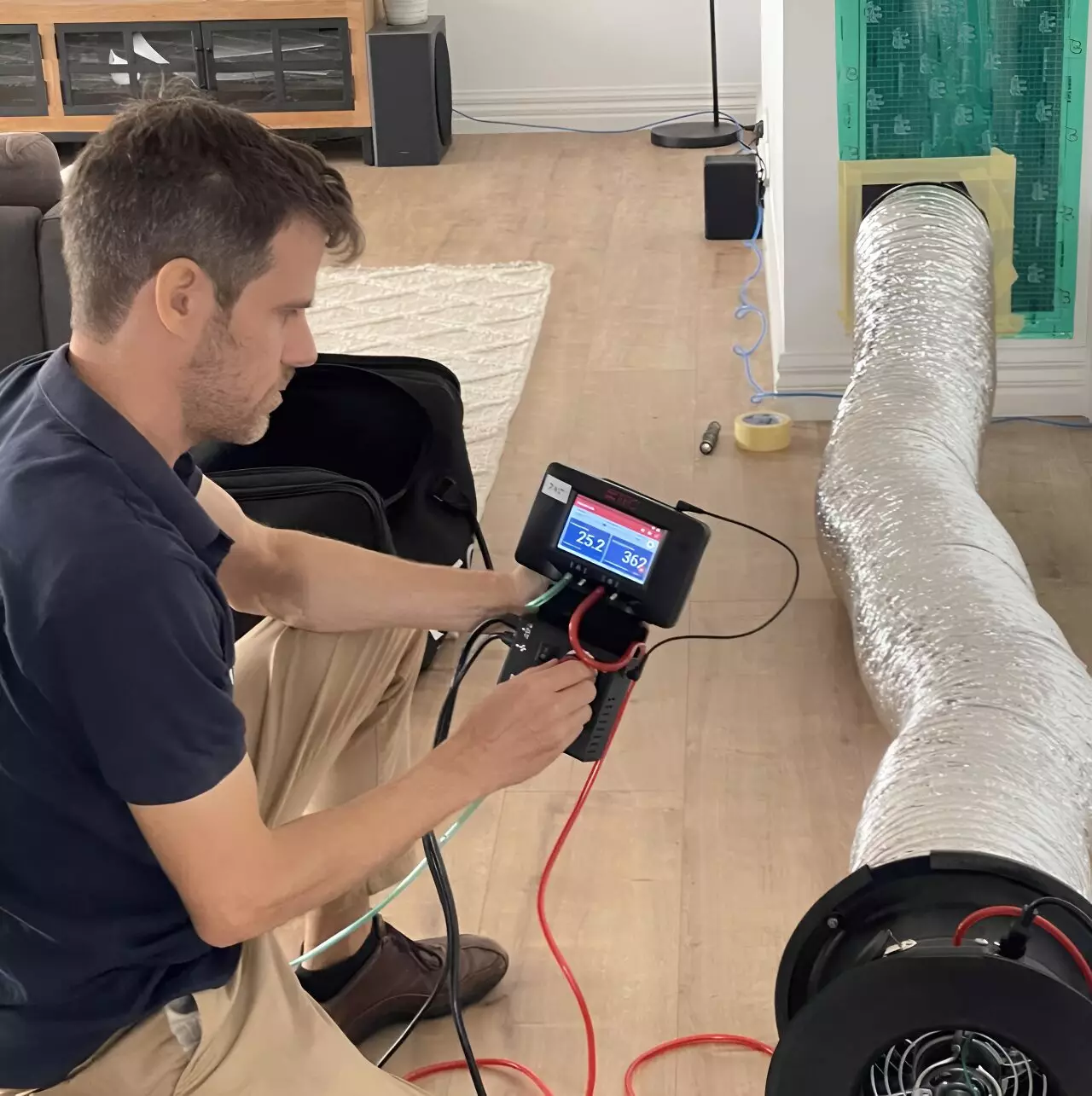Recent research conducted by CSIRO, Australia’s national science agency, has shown that new Australian homes are up to 50% more airtight than those tested in 2015. This increase in airtightness is a positive development for homeowners, as it brings with it a range of benefits including better comfort, lower energy bills, and improved indoor air quality.
Airtightness in homes is crucial as it minimizes unintended air movements, preventing outdoor air from entering and indoor air from escaping. Poor air tightness can result in drafts, which in turn can lead to an increase in energy bills by as much as 20%. On the other hand, homes that are overly airtight without proper ventilation can result in issues such as condensation, mold, and health problems for residents.
The research conducted by CSIRO involved testing a total of 233 apartments and detached houses built in the last four years in major Australian cities. While the results were positive and compared favorably to standards in other countries, there is still room for improvement. The study found that most new homes had leakages, with the main culprits being bathroom fans, sliding doors, and poor door seals. Additionally, some apartments were found to be excessively airtight, which can lead to issues if proper ventilation is not in place.
Senior Experimental Scientist and project lead, Michael Ambrose, highlighted the importance of addressing these air tightness issues. He emphasized the need for controlled ventilation in new buildings, especially apartments, to reduce indoor pollutants and moisture. The report also outlined various recommendations for Australian building codes to improve air tightness, such as establishing air tightness standards in the National Construction Code (NCC) and making air barriers mandatory in all new residences.
One interesting finding from the study was that the actual air tightness levels closely aligned with those assumed by the Nationwide House Energy Rating Scheme (NatHERS). This scheme provides an energy efficiency star rating for residential buildings and accurately predicts air tightness levels within specified ranges. Ambrose suggested that displaying air tightness values on NatHERS certificates could provide valuable information to homeowners and potentially impact their energy efficiency ratings.
The research conducted by CSIRO highlights the importance of air tightness in Australian homes. While improvements have been made in recent years, there is still work to be done to ensure that homes are adequately airtight to provide comfort, energy efficiency, and good indoor air quality for residents. By implementing the recommendations outlined in the report and incorporating proper ventilation measures, Australian homes can achieve optimal air tightness levels to benefit both residents and the environment.


Leave a Reply